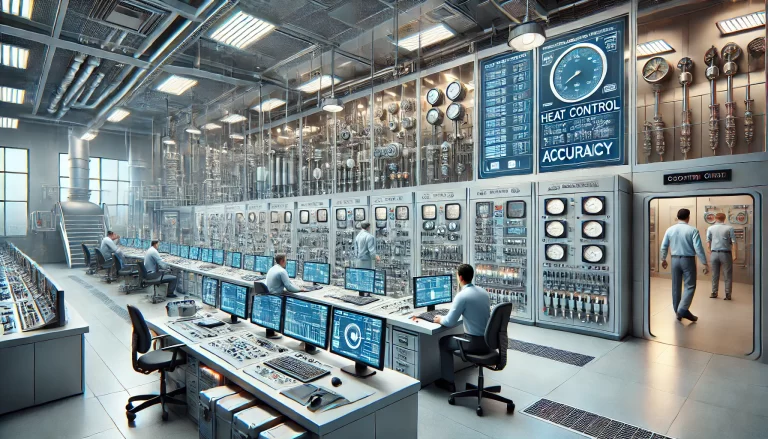Introduction
In modern industries such as manufacturing, scientific research, and healthcare, the accuracy of instruments directly impacts product quality, data reliability, and operational safety. To ensure precision in measurement, instrument calibration becomes a critical and often mandatory process. However, due to the complexity and resource demands of calibration, many organizations now choose to partner with professional calibration service providers. This article explores the significance, advantages, and future trends of calibration cooperation, and offers guidance on how to select the right partner.

1. Why Instrument Calibration Matters
Calibration is the process of comparing and adjusting measurement instruments using standards traceable to national or international references. It ensures that the instrument’s output remains within acceptable accuracy limits.
Whether it’s a pressure gauge on a production line, an analytical instrument in a laboratory, or a monitoring device in a medical facility, regular calibration is essential to guarantee measurement accuracy and traceability.
Failure to calibrate on schedule can result in:
Measurement drift or errors,
Poor product quality,
Safety incidents,
Non-compliance with industry regulations.

2. In-House Calibration vs. Professional Partnerships
Some companies consider handling calibration internally, but this approach comes with notable challenges:
| Challenges of In-House Calibration | Advantages of Partnering with Calibration Providers |
|---|---|
| High cost of precision equipment | No need to invest in expensive calibration equipment |
| Need for skilled technicians | Access to certified professionals and expertise |
| Compliance issues with standards like ISO 9001 or GMP | Guaranteed compliance through accredited calibration reports |
| Time-consuming processes | Streamlined services reduce equipment downtime |
In summary, outsourcing calibration services lowers cost, ensures regulatory compliance, and improves overall operational efficiency.

3. How to Select a Reliable Calibration Partner
Choosing the right calibration partner is crucial for long-term success. Consider the following criteria:
✅ Accreditation and Certifications
Ensure the provider holds certifications like:
CNAS (China National Accreditation Service),
ISO/IEC 17025 for laboratory competence.
✅ Technical Scope and Capability
Verify that the provider can cover all your calibration needs, such as:
Mechanical (pressure, force),
Electrical (voltage, current),
Temperature (RTDs, thermocouples),
Optical or other specialized areas.
✅ Turnaround Time and Flexibility
Look for providers offering:
On-site calibration services,
Fast response or expedited calibration when needed.
✅ Traceable and Transparent Reporting
Calibration reports should:
Include full documentation,
Be traceable to national/international standards,
Meet quality management requirements.
✅ Value-Added Support
Some providers offer:
Scheduled calibration reminders,
Technical consulting,
Lifecycle management of your instruments.

4. Future Trends: Smart and Remote Calibration
With the advancement of IoT (Internet of Things) and AI (Artificial Intelligence), calibration services are evolving toward automation and digital transformation.
Some forward-thinking providers offer:
Cloud-based calibration platforms,
Real-time monitoring of instrument performance,
Predictive maintenance and auto-scheduling.
These innovations not only improve calibration accuracy and efficiency but also help organizations implement proactive maintenance strategies.

Conclusion and Actionable Advice
Instrument calibration partnerships offer more than just compliance—they enable better resource allocation, enhanced productivity, and reduced operational risks. Companies should:
Conduct a calibration needs assessment regularly,
Establish long-term cooperation with certified service providers,
Embrace digital tools for smarter calibration management.
As calibration services become more intelligent and connected, organizations that act early will gain a competitive advantage in quality control and risk mitigation.
